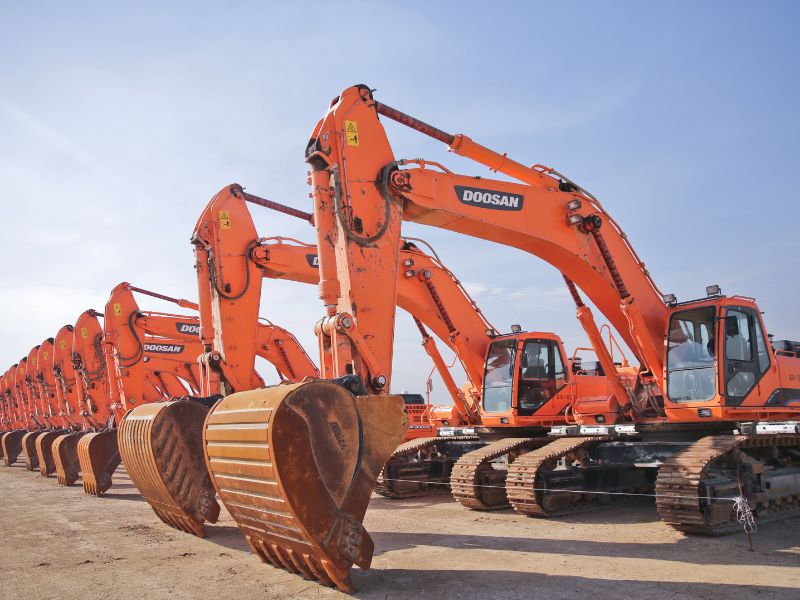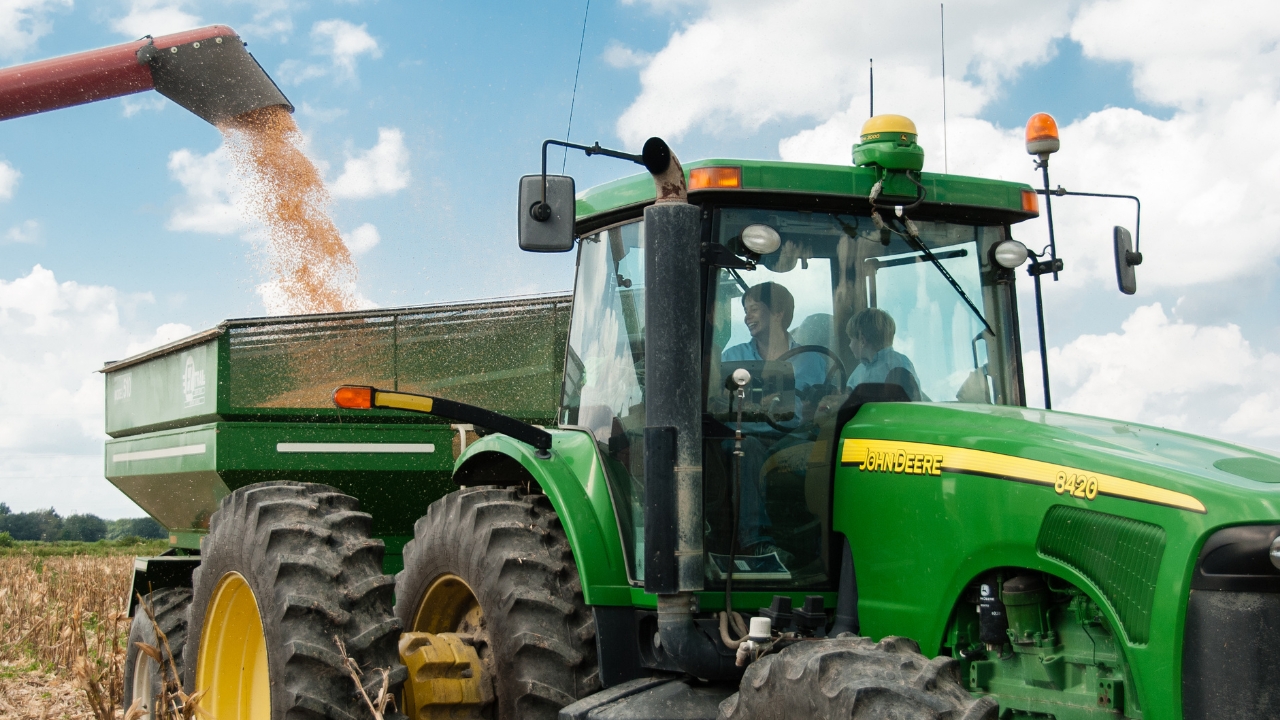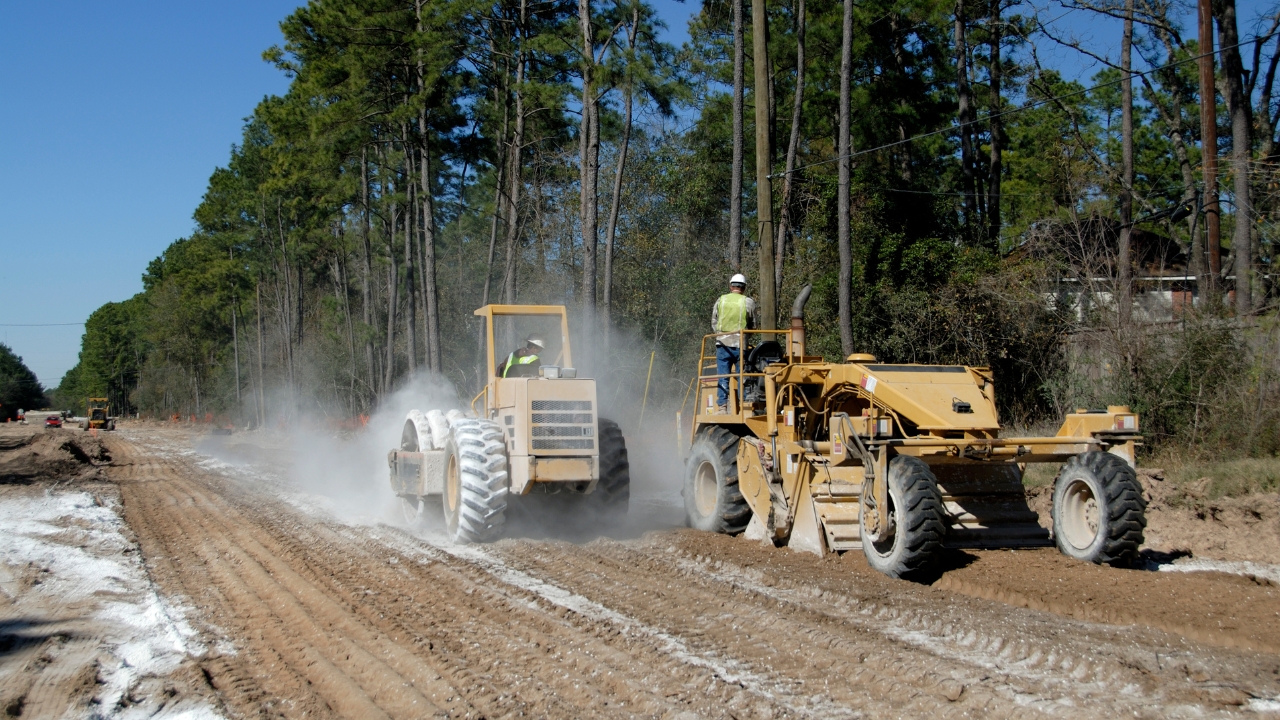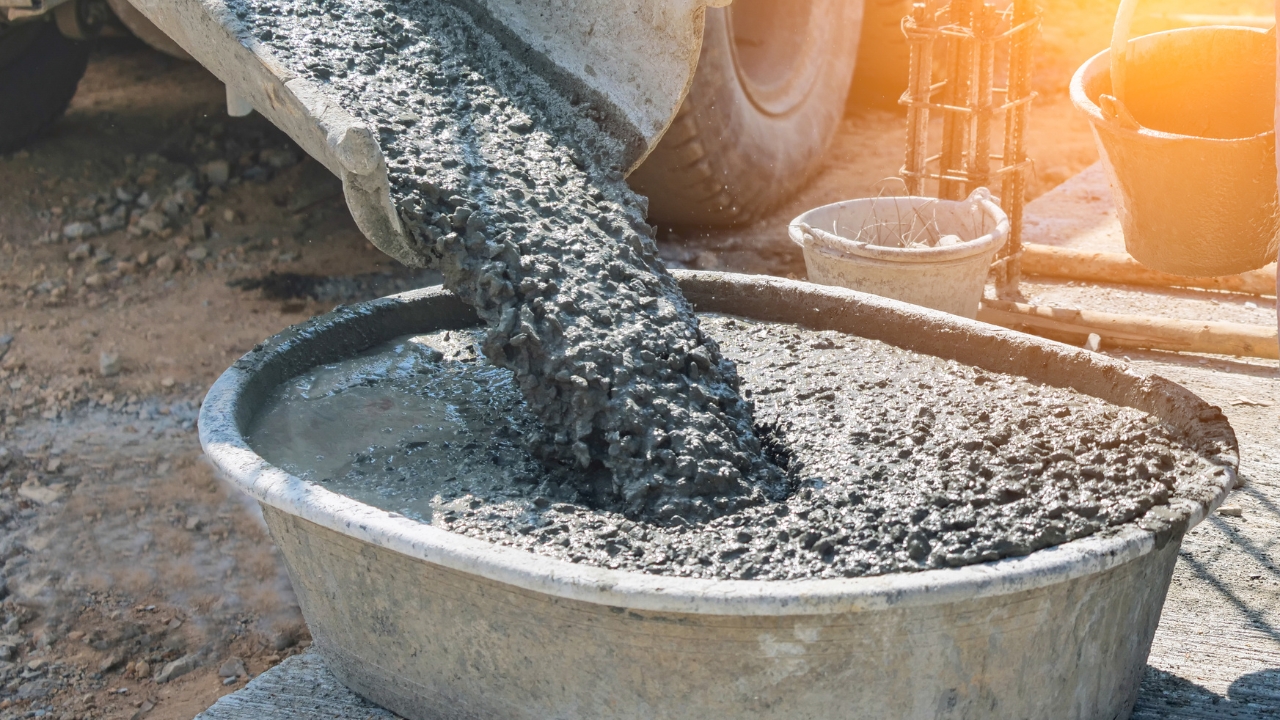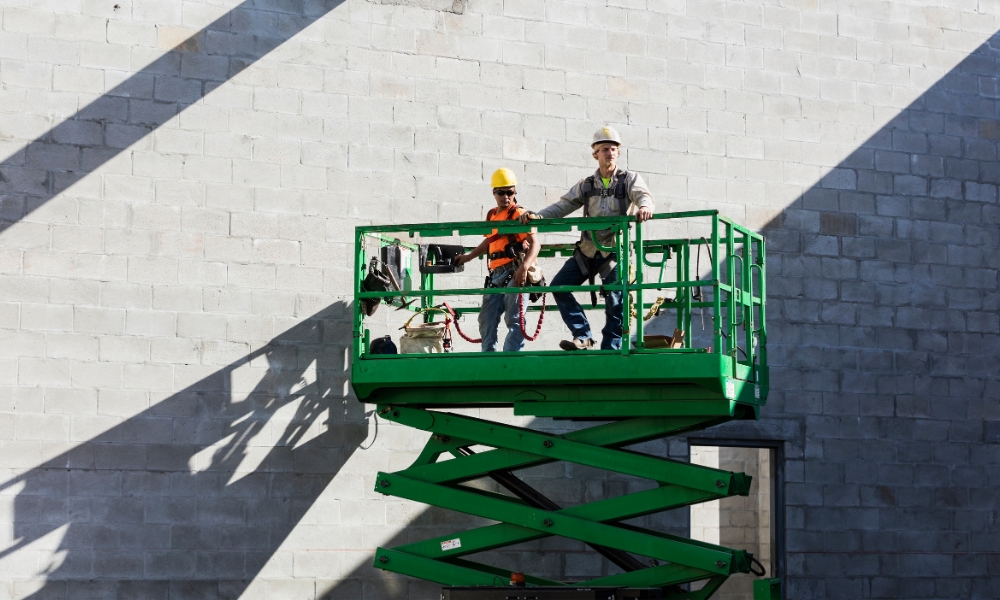Excavator attachments and parts: what they’re used for and their purpose. An excavator serves many versatile purposes and comes in a variety of different shapes, sizes, and weights. Most Excavators use hydraulic attachments that serve different purposes on and around the site, which assist workers on specific jobs that can only be completed with that specific attachment. These help workers in their responsibility and make life much easier and safer for all operators. These attachments include:
Bucket
Buckets are the most common attachments seen on excavators, where it is normally attached to the excavator’s arm but sometimes its front platform as well. They provide digging and scooping capabilities, mainly designed for moving/lifting large quantities of dirt or stone. Buckets also have several varieties, such as trenching buckets used to dig trenches.
Auger
Powered by hydraulic circuits, an Auger allows you to reach over objects and drill deep holes. Augers come in different specifications and sizes for various digging conditions and terrains, where they are mainly fitted onto the excavator’s arm. They range from 4 inches to 50 inches in length and can dig up to 32 feet.
Clamp
These jaw-like clamps allow excavator operators to pick up large materials that are too oversized for a bucket. The attachments can be used with buckets or as pieces in a grapple. Clamps are normally attached to the excavator’s arm and are easy to attach and detach from the excavator.
Rock
Ripper This attachment has the sole purpose of breaking up dense, hard-packed rocks with ease. Rippers are mainly used on rocks in difficult areas that would not initially be broken up with an excavator bucket and assist in the creation of foundation pits, canals and trenches. The ripper tooth can be pinned directly to the excavator and its arm.
Hydraulic shears
The perfect attachment for demolishing steel structures, these shears are capable of cutting steel plates and steel girders. The shears are designed to be highly flexible and convenient to use, providing enough force to separate, shear and cut steel objects without resistance or danger. They can also be used for dismantling things such as automobiles, ships, and airplanes.
If you think construction is the career for you then contact Construction and Plant Training Service at 01234 604151 or 0777 18 12 418. We have many courses available for the career path you wish to take.


